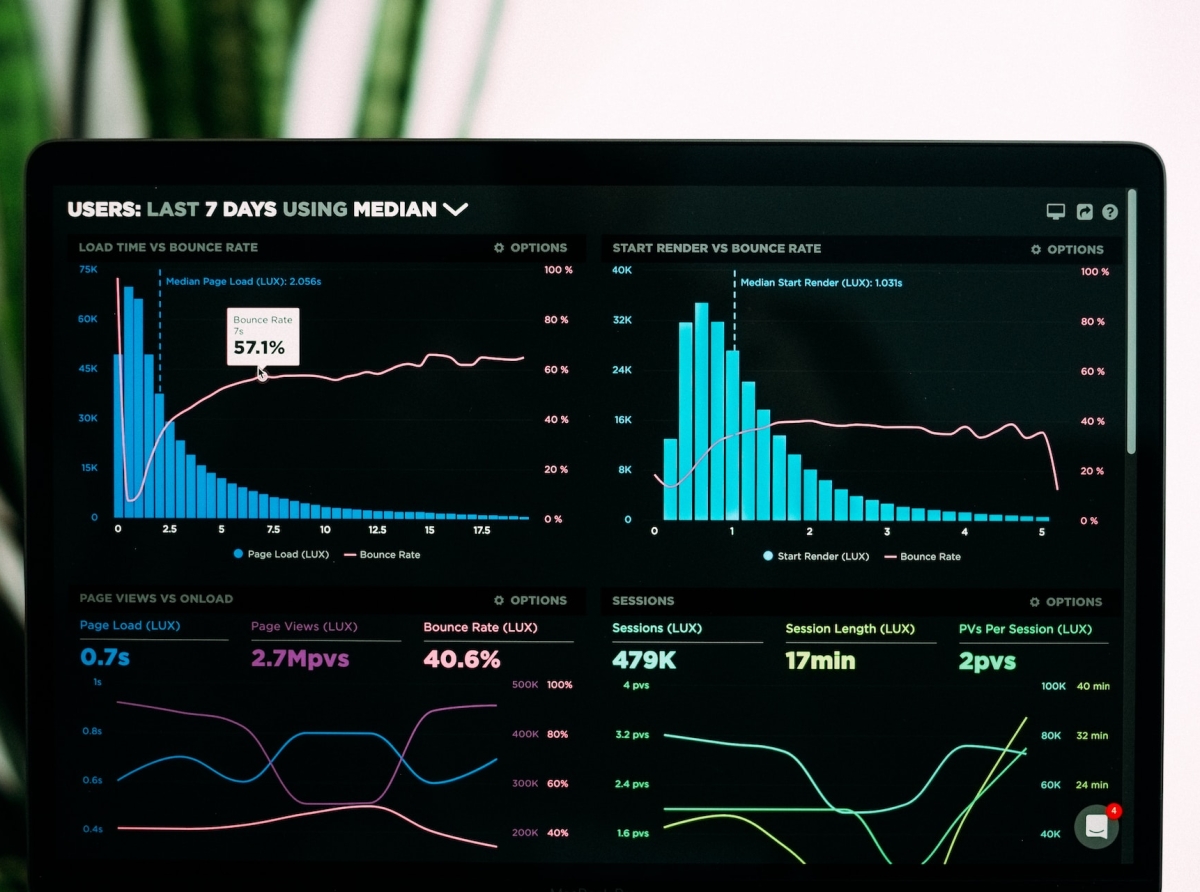Exploring different trading strategies: How to choose the most effective approach

In the world of trading, there are many strategies that promise to bring you profits. But how do you choose the most effective approach that will help you achieve the desired results? In this article, we will do some research on different trading strategies to help you make the right choice. Read this article to the end and find out which approaches will be most beneficial for your professional success.
Introduction: The importance of choosing an effective trading strategy.
1. Overview of different trading strategies: technical analysis, fundamental analysis, trend and counter-trend trading, etc.
2. Comparison of the effectiveness of different strategies based on historical data and statistics.
3. Factors influencing the choice of the most suitable strategy: trader's experience level, market conditions, investment objective, etc.
Conclusions: How to choose the most effective trading strategy depending on the specific situation and market conditions.

Exploring different trading strategies: How to choose the most effective approach
Exploring different trading strategies: How to choose the most effective approach
Introduction: The importance of choosing an effective trading strategy.
Trading is active trading in the financial markets for profit. However, in order to achieve success in trading, it is necessary to choose an effective trading strategy. A trading strategy defines the approach and methods that a trader will use to make decisions about buying and selling assets. In this article, we will review the different types of trading strategies and their effectiveness based on historical data.
1. The first strategy is technical analysis. Technical analysis is based on the study of price charts, trading volumes and other statistical data to predict future price movements. Technical analysis helps to identify entry and exit points based on various indicators and graphical patterns.
2. The second strategy is fundamental analysis. Fundamental analysis is based on the study of economic, political and other factors that can affect the price of assets. Traders using fundamental analysis analyze corporate earnings reports, macroeconomic indicators and other information to make trading decisions.
3. The third strategy is trend trading. Trend trading is based on the assumption that asset prices tend to move in a certain direction over a period of time. Traders using this strategy try to catch the trend and capitalize on its continuation.
4. Countertrending is based on the assumption that asset prices sometimes deviate from their average and then return to it. Traders using countertrending try to capitalize on such price deviations.
2. The second strategy is fundamental analysis. Fundamental analysis is based on the study of economic, political and other factors that can affect the price of assets. Traders using fundamental analysis analyze corporate earnings reports, macroeconomic indicators and other information to make trading decisions.
3. The third strategy is trend trading. Trend trading is based on the assumption that asset prices tend to move in a certain direction over a period of time. Traders using this strategy try to catch the trend and capitalize on its continuation.
4. Countertrending is based on the assumption that asset prices sometimes deviate from their average and then return to it. Traders using countertrending try to capitalize on such price deviations.
Comparing the effectiveness of different strategies based on historical data and statistics.
Historical data and statistics can be used to evaluate the effectiveness of different trading strategies. For example, you can analyze the profitability of each strategy over a certain period of time and compare the results. This analysis will help to identify the advantages and disadvantages of each strategy.
It is also worth considering the risk factor when choosing a strategy. Some strategies may be riskier than others, so it is important to consider your individual preferences and comfort level with risk.
Factors that influence the selection of the most appropriate strategy include: the trader's level of experience, market conditions, investment objective, etc.
1. There are several factors to consider when choosing the most appropriate trading strategy. First is the trader's level of experience. Some strategies may be more complex and require a certain level of knowledge and skills. Therefore, beginner traders are advised to start with simpler strategies.
2. Secondly, market conditions can affect the effectiveness of different strategies. For example, during periods of high volatility, technical analysis may be more effective than fundamental analysis.
3. Finally, the investment objective also plays an important role in choosing a trading strategy. If the goal is short-term profits, strategies with high liquidity and quick response to market changes may be preferable.
Conclusions:
Choosing the most effective trading strategy depends on each trader's individual preferences and circumstances. Determining factors may include level of experience, market conditions and investment objectives.
It is recommended to start with simpler strategies for beginners and gradually expand your knowledge and skills. It is also worth considering market conditions and choosing a strategy that best suits the current market situation.
Ultimately, the effectiveness of a trading strategy will depend on proper data analysis, sound decision making and the ability to adapt to changing conditions. Success in trading is achieved through constant learning, practicing and developing skills.
research, trading strategies, choice, effective approach









Report
My comments